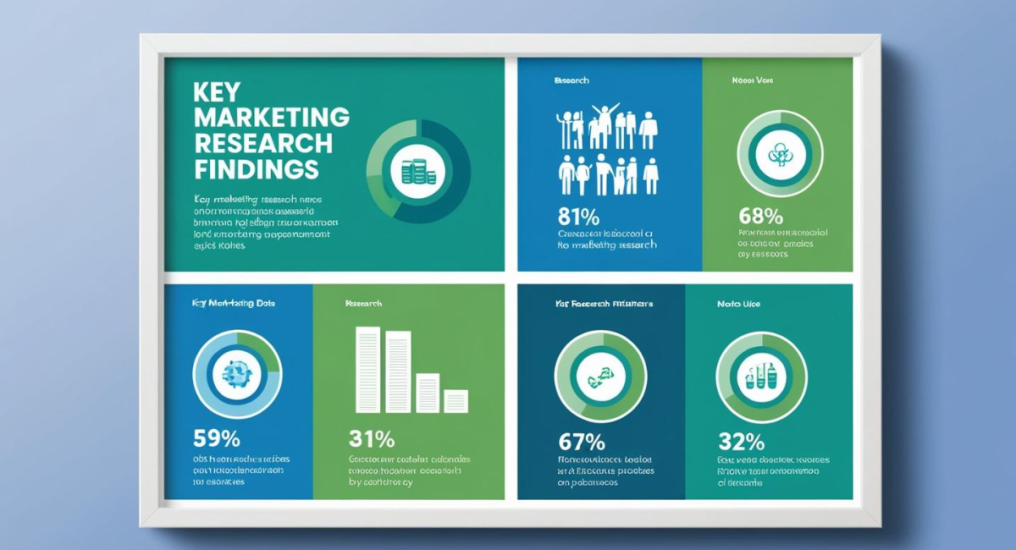AI is no longer just for tech wizards or sci-fi enthusiasts—it’s here, it’s real, and it promises to make your life as a title agent a whole lot easier. From automating tedious tasks to wowing clients with personalized service, AI is the secret sauce you didn’t know you needed. Here are just some of the ways AI is helping title …
2025 Real Estate Market Forecast Shows Moderate Improvement Ahead
The U.S. economy is expected to fare well in 2025, according to economists from across the spectrum, with few headwinds anticipated. However, forecasters are predicting only small gains in the real estate market, as interest rates remain stubbornly in +6% territory and inventory continues to show only modest improvement. Investment firms Goldman Sachs and Charles Schwab are particularly optimistic about …
SecureMyTransaction is now an ALTA Elite Provider and includes new features to promote business growth
It’s hard to believe that it has already been one year since Alliant National and our technology partners launched SecureMyTransaction in response to the urgent need for robust, scalable fraud prevention and identity verification tools. Over the last year, many of you have provided feedback on our service, and I am humbled by the stories I’ve heard about how SecureMyTransaction …
Conducting Valuable Market Research
After experiencing sustained growth, many businesses will begin to think about expansion. But while moving into new markets can be an exciting prospect, success often hinges on rigorous planning. Here, we will examine how market research is an important part of this process and how you can develop your own. Let’s jump in. Market research is key to successful expansion …
Collaborate With Referral Sources
When we listen, we can detect areas in which to offer help and provide tools. The best, most effective strategies for acquiring and maintaining new business do not depend upon the delivery of pastries or a free lunch. Today, gaining business means searching for and then filling needs, recognizing gaps, appealing to goals, and ultimately providing tools for achieving those …
Why Online Reviews Matter
There’s been a huge shift in the way businesses receive feedback. In today’s fast-moving digital orbit, recommendations are dictated by online reviews (think Yelp, Google My Business and Facebook). For those willing to invest the effort, it’s clear that paying attention—and responding when appropriate—to online reviews is a powerful tool to boost credibility, authenticity and transparency. Learn more
Optimizing Opportunity at the Closing Table
Showcase your firm’s strengths at the closing table. Many title agents spend money and time on marketing and sales efforts to increase directable business. While most campaigns are effective, and certainly essential, one of the best opportunities to showcase your firm’s strengths is at the closing table. A well thought-out and unique closing table strategy will result in increased referral …
Taking a Customer-Centric Approach to Running Your Business
How do you make it your sole focus to anticipate and take care of their needs? How do you create a base of loyal fans who refer you to everyone they know? Of course, you do need to display your customer-centric core values prominently on your walls and make those values part of your daily vernacular at work. You also …
To Deepen Your Business Narrative – Examine These 5 Areas
What’s your story? And how do you deepen your story to make it more effective, strategic and competitive? Here are five essential things to look for to deepen your story and make it more compelling: YOUR BIG WHY Why does your title company exist? Why do you go to work every morning? Of course, we know you need to make …









